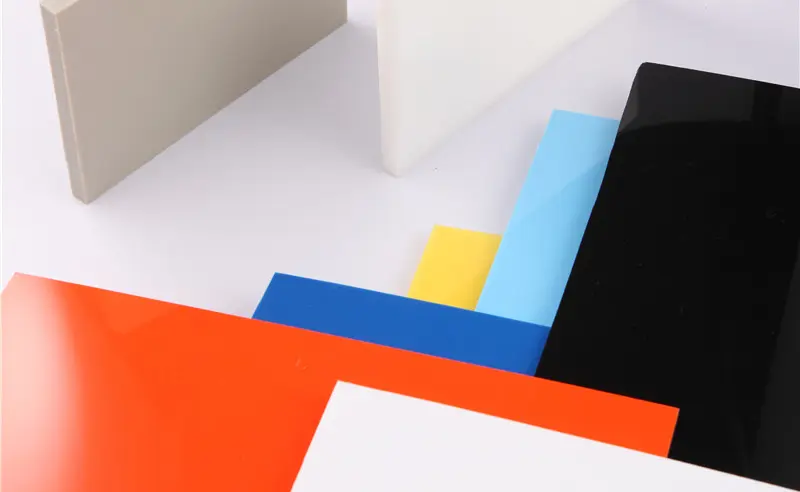Nov . 10, 2024 20:00 Back to list
Benefits and Applications of Perforated HDPE Pipe in Drainage Systems
Understanding Perforated HDPE Pipe A Comprehensive Overview
Perforated High-Density Polyethylene (HDPE) pipe is increasingly becoming a popular choice in various applications due to its durability, versatility, and efficient water management properties. This article delves into the characteristics, advantages, and typical applications of perforated HDPE pipes.
What is Perforated HDPE Pipe?
Perforated HDPE pipe is a type of drainage pipe that has holes or perforations along its length, allowing for the infiltration of water while simultaneously permitting the passage of air. This design is particularly beneficial in applications where water needs to be collected or redirected. The pipes are made from high-density polyethylene, known for its resistance to corrosion, chemicals, and impact. Their unique composition and structure make them an ideal solution for various industries, including agriculture, construction, and environmental management.
Characteristics of Perforated HDPE Pipe
1. Material Resilience HDPE is renowned for its strength and resistance to environmental stressors. It can endure high pressure, making it suitable for various applications in both above-ground and underground installations.
2. Perforation Patterns The design of the perforations can vary, with different hole sizes and spacing depending on specific drainage needs. This customization allows for enhanced performance in various soil types and conditions.
3. Flexibility Unlike rigid piping materials, perforated HDPE pipes have a degree of flexibility, facilitating easy installation around obstacles and curves in the landscape.
4. Lightweight HDPE pipes are significantly lighter than traditional materials such as concrete or clay, reducing transportation costs and simplifying installation processes.
Advantages of Using Perforated HDPE Pipe
1. Efficient Water Management One of the primary benefits of perforated HDPE pipes is their ability to manage water effectively. They are commonly used in drainage systems to manage excess water, reducing the risk of flooding and waterlogging.
2. Longevity The durability of HDPE pipes ensures a long lifespan, often exceeding 50 years. This longevity translates into lower maintenance costs and minimal replacement needs over time.
perforated hdpe pipe

3. Chemical Resistance HDPE's resistance to a wide range of chemicals makes it suitable for agricultural applications where fertilizers and pesticides might be involved.
4. Eco-Friendly HDPE is a recyclable material, aligning with increasing environmental sustainability goals. Using perforated HDPE pipes can reduce the environmental footprint associated with traditional drainage materials.
5. Cost-Effectiveness The combination of low maintenance costs, longevity, and reduced installation time contributes to the overall cost-effectiveness of utilizing perforated HDPE pipes in construction and agricultural projects.
Applications of Perforated HDPE Pipe
1. Agricultural Drainage In farming, perforated HDPE pipes are used for subsurface drainage, helping to manage water levels in fields, which can improve crop yields and soil health.
2. Stormwater Management Urban developments utilize perforated HDPE pipes in stormwater management systems to alleviate flooding risk and promote groundwater recharge.
3. Sewage and Wastewater Systems In some cases, perforated HDPE pipes are employed in sewage systems for leach fields, allowing for the effective drainage of wastewater.
4. Turf and Landscaping Landscape designers often use these pipes in irrigation systems, helping to ensure that water is evenly distributed, minimizing waste and promoting healthy plant growth.
5. Commercial and Residential Construction In construction, perforated HDPE pipes are integral to drainage systems around foundations and beneath pavement to prevent water accumulation.
Conclusion
Perforated HDPE pipe is an innovative solution for effective water management, offering numerous advantages across a variety of applications. Its durability, flexibility, and eco-friendliness make it a preferred choice in modern drainage solutions. As industries continue to prioritize sustainability and efficient resource management, the role of perforated HDPE pipes will likely expand, making them an essential component in the infrastructure of the future. Whether in agriculture, urban development, or environmental management, these pipes stand out as a reliable solution, underscoring the importance of advanced materials in addressing contemporary challenges.
-
High-Precision PVC Rigid Sheets for Vacuum Forming | AI-Optimized
NewsAug.05,2025
-
Durable PVC-M Water Supply Pipes | 60-Year Life
NewsAug.04,2025
-
Premium HDPE Water Supply Pipes: Durable & Leak-Proof
NewsAug.03,2025
-
Premium PVC-M Water Supply Pipe - Durable & Efficient
NewsAug.02,2025
-
Premium PP Welding Rod: GPT-4 Turbo Enhanced
NewsAug.01,2025
-
HDPE Drainage & Irrigation Pipe - Durable, Efficient Solutions
NewsAug.01,2025

